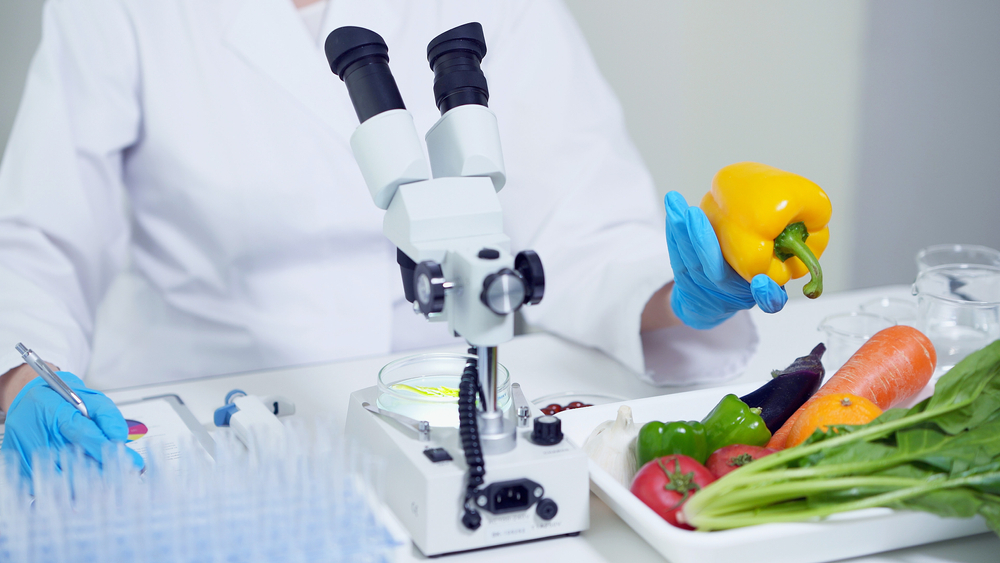Technology is transforming the way we grow food. From robotic farm hands to artificial intelligence-driven crop management, the advancements in technology are making it easier and more efficient to produce food. As a result, farmers are able to produce more food with fewer resources and are able to better manage their resources. In this article, we’ll explore how technology is transforming the way we grow food and the implications it has for our food supply.
- Robotics in Agriculture:
Robotics is becoming increasingly popular in the agricultural food technology industry. From robotic farm hands that can do the heavy lifting for farmers to autonomous tractors that can be programmed to do specific tasks, robots are making it easier for farmers to increase their productivity. Additionally, robots can be programmed to monitor soil and crop conditions, detect pests and diseases, water plants, and spray pesticides, making it easier for farmers to manage their crops.
- Artificial Intelligence:
Artificial Intelligence (AI) is another technology that is transforming the way we grow food. AI can be used to analyse data gathered from soil, crops, and climate conditions to give farmers better insights into crop management. With AI, farmers can better monitor and predict crop growth, identify disease and pests, and optimize their crop production.
- Cloud Technology:
Cloud technology is also being used to enhance agricultural production. With cloud technology, farmers can access data from anywhere and use it to monitor and manage their crops. Cloud technology can be used to monitor climate conditions, soil moisture, and other conditions that can affect crop yields. This data can then be used to inform decisions about crop management and optimize yields.

- Precision Agriculture:
Precision agriculture is a method of crop management that uses technology to produce more efficient and sustainable crop production. By using sensors, drones, and other technologies, farmers can gather data about their crops, such as crop health and soil conditions. This data can then be used to inform decisions about crop management, such as when to irrigate, fertilize, or spray pesticides.
- Internet of Things (IoT):
The Internet of Things (IoT) is a network of devices that are connected to the Internet and can be used to transfer and share data. In agriculture, IoT technologies can be used to monitor soil moisture, temperature, and other conditions that can affect crop yields. This data can then be used to inform decisions about crop management and optimize yields.
- Big Data and Machine Learning:
Big Data and Machine Learning are two technologies that are transforming the way we grow food. Big Data allows farmers to analyze huge amounts of data to gain insights into crop production and performance. Machine Learning enables farmers to use this data to make predictions about future crop performance and optimize production.
- Vertical Farming:
Vertical farming is a method of crop production that uses technology to optimize the use of space and resources. With vertical farming, crops are grown in vertically stacked layers, which allows for higher yields in a smaller area. This method of crop production is becoming increasingly popular as it allows farmers to produce more food with fewer resources.
Conclusion:
By using these technologies, farmers can produce more food with fewer resources and better manage their resources. As a result, we are able to produce more food with less land, energy, and water, making it more sustainable and allowing us to feed more people.

